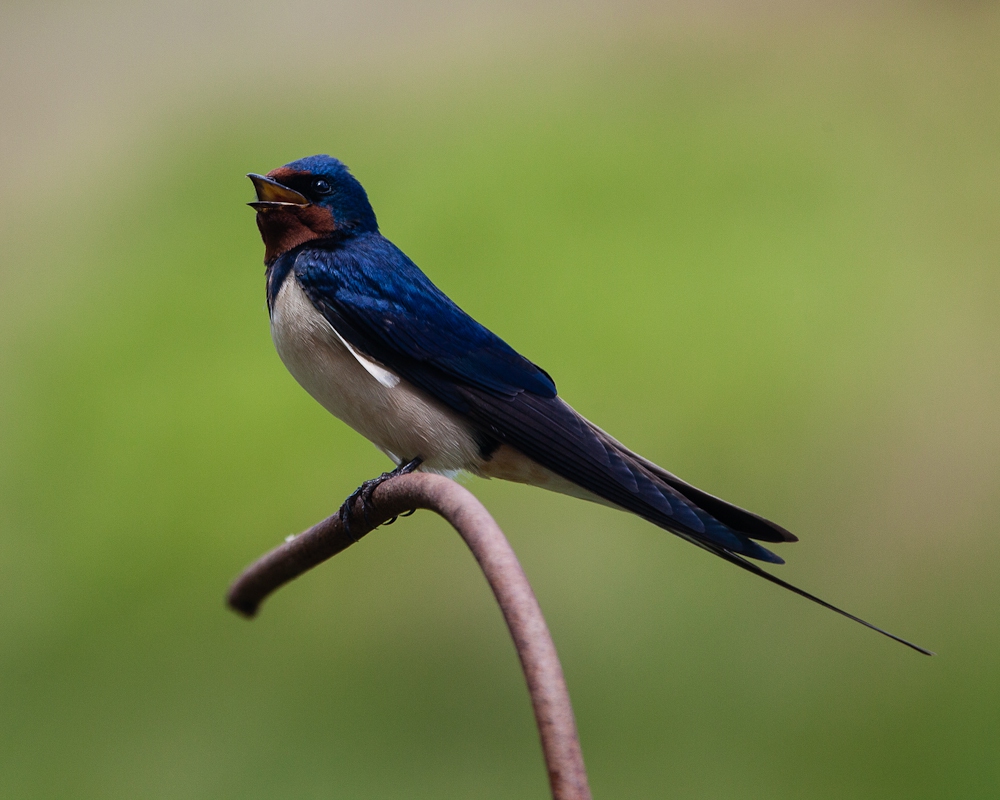In this third and final part of my leopard trilogy, we see a different leopard sleeping in a tree. As some people never get to see a leopard on their Yala safari, we counted ourselves very lucky to see two leopards on ours.
We still ask ourselves the question whether this encounter was due to the sharp eyes of our tracker or his knowledge that this leopard sleeps in this very tree every afternoon. In either case, we appreciated seeing this wonderful creature hanging lazily on a branch halfway up the tree.
As you can see from the last image, the leopard was very far away from the track. The first two images are merely very small centre crops of similar images taken with my longest telephoto lens.
